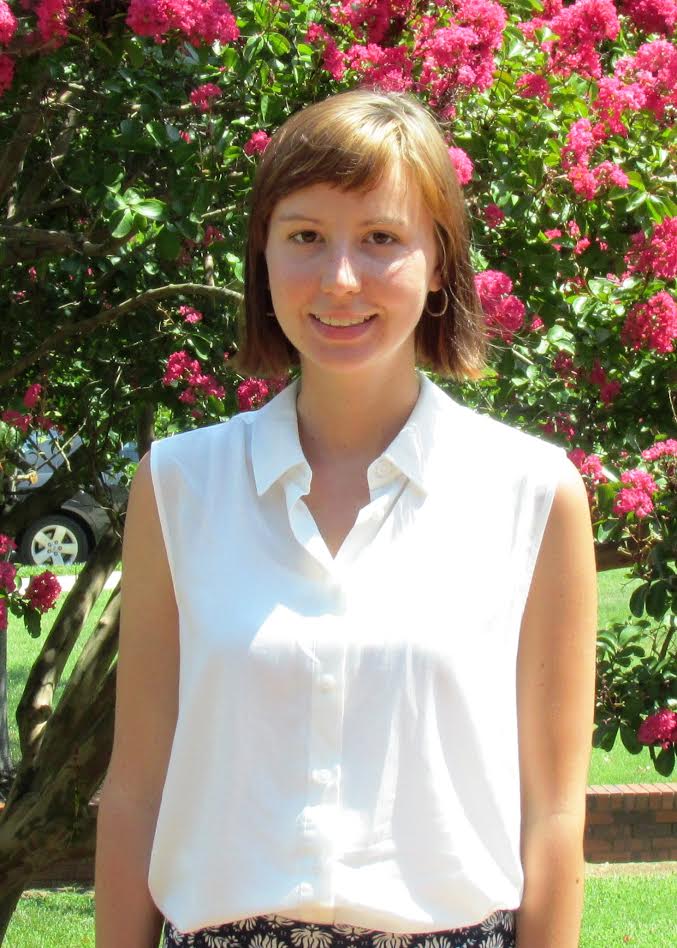MARY HRICIK
Capstone Project Committee: Jonathan Berg; Lauren Doyle, MGC, CGC; Kate Foreman, M.S., CGC; Kristy Lee, M.S., CGC
Whole exome sequencing (WES) is increasingly being used in the research and clinical setting to identify the molecular cause of retinal dystrophies, a group of conditions that display extensive genetic and phenotypic heterogeneity. The purpose of this project was to reanalyze WES data for 58 participants from two previously conducted exome studies who received negative or inconclusive WES results upon the initial analysis. WES data was filtered using gene lists of known and candidate retinal dystrophy genes. Additionally, two exome-wide methods were used to identify potentially disease-associated variants beyond the genes in the gene lists. Overall, 29 of the 58 participants had either known disease-associated or potentially disease-associated findings. Of the 29, five participants had new and/o r updated results in known retinal dystrophy genes, 16 participants had results in known retinal dystrophy genes that remained the same upon reanalysis, and 13 participants had results in a candidate gene. This project illustrates the usefulness of periodic reanalysis of inconclusive WES results and highlights the benefits and challenges of using WES for individuals with retinal dystrophies in both the clinical and research settings.
